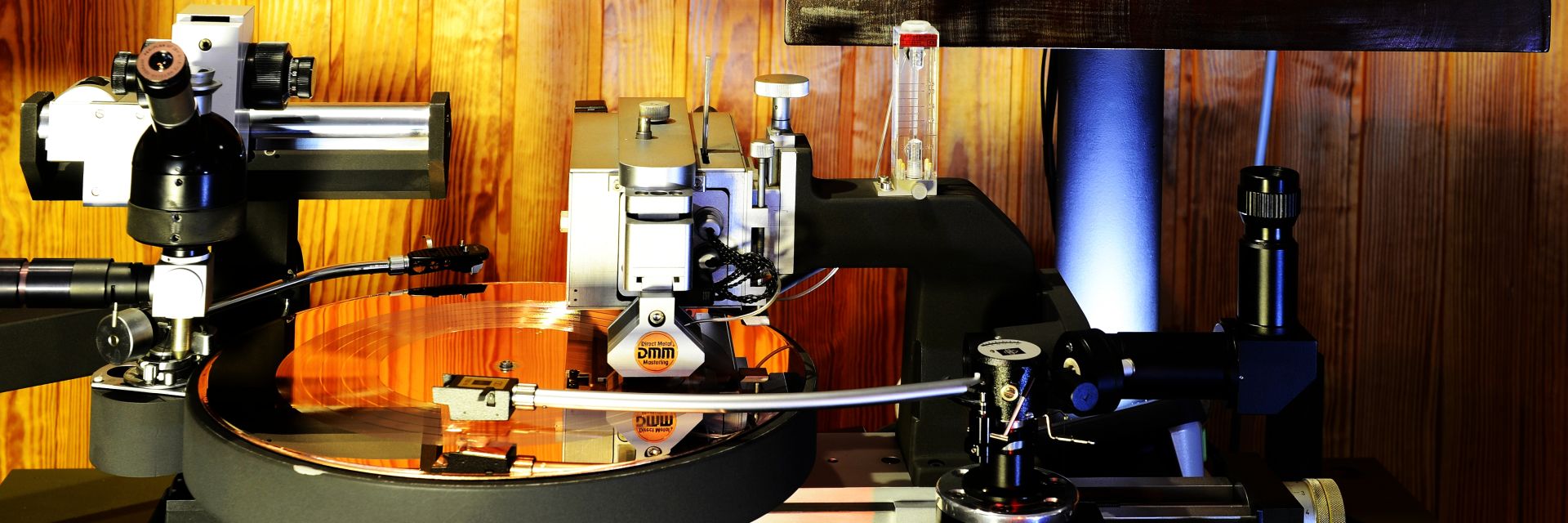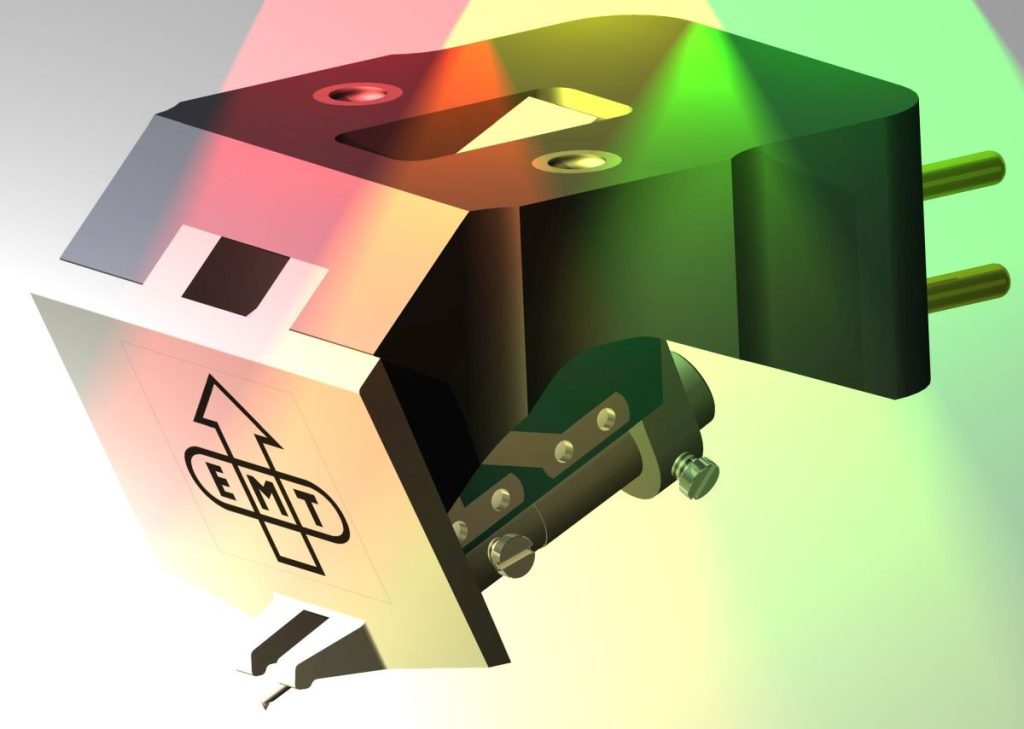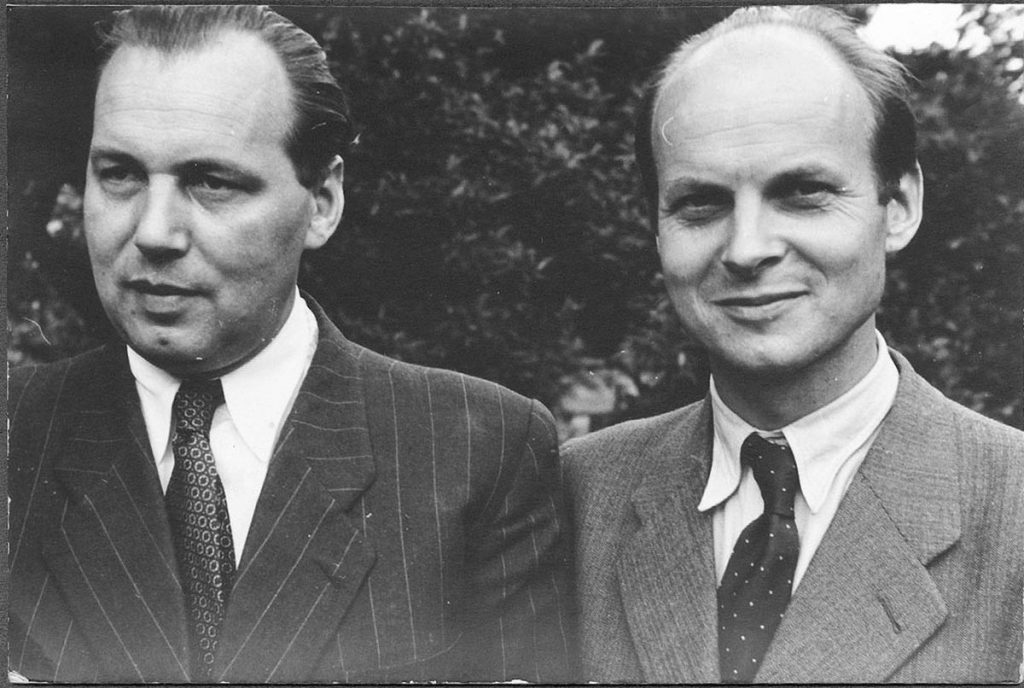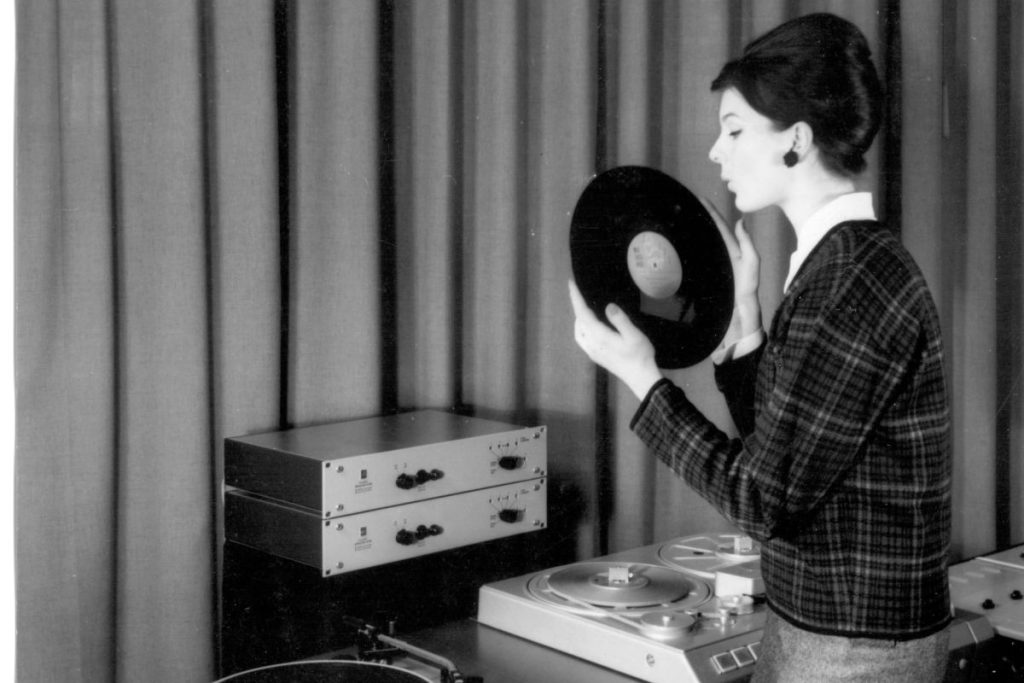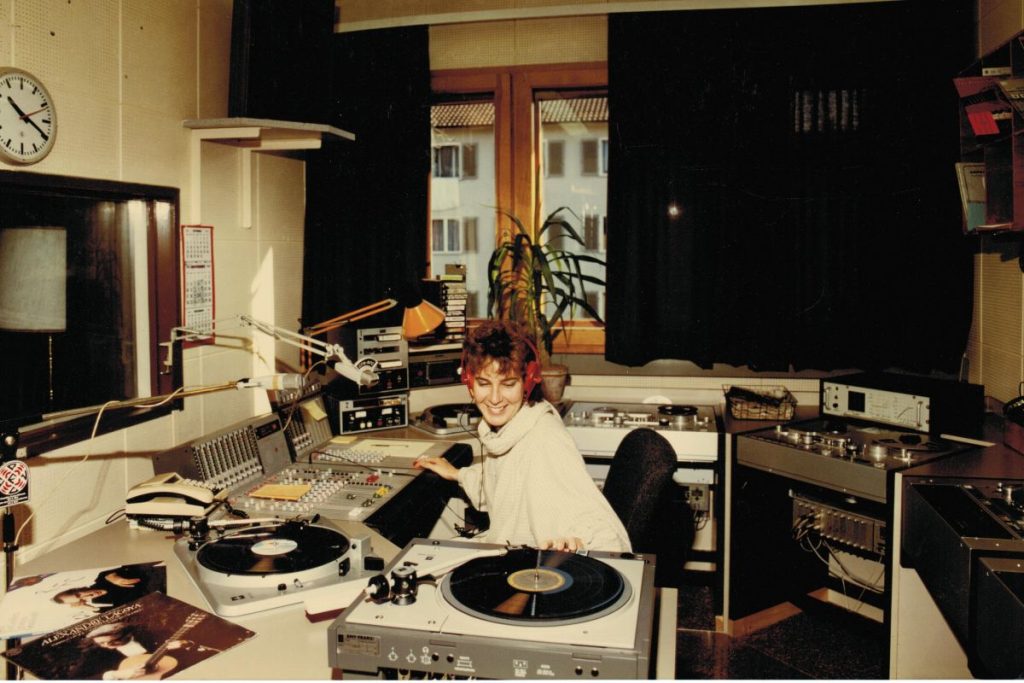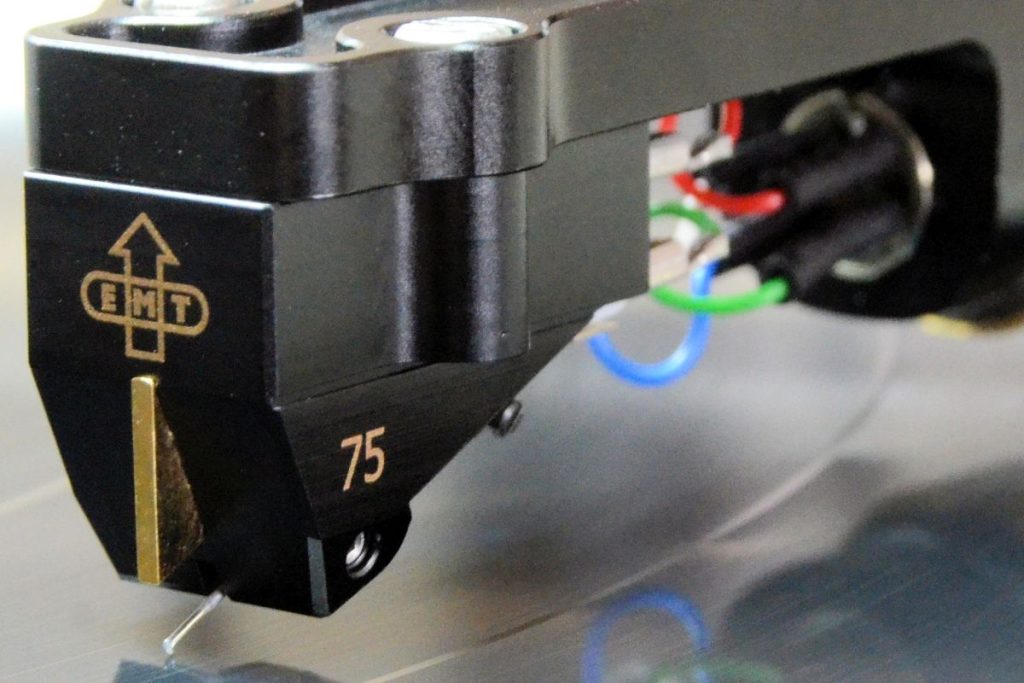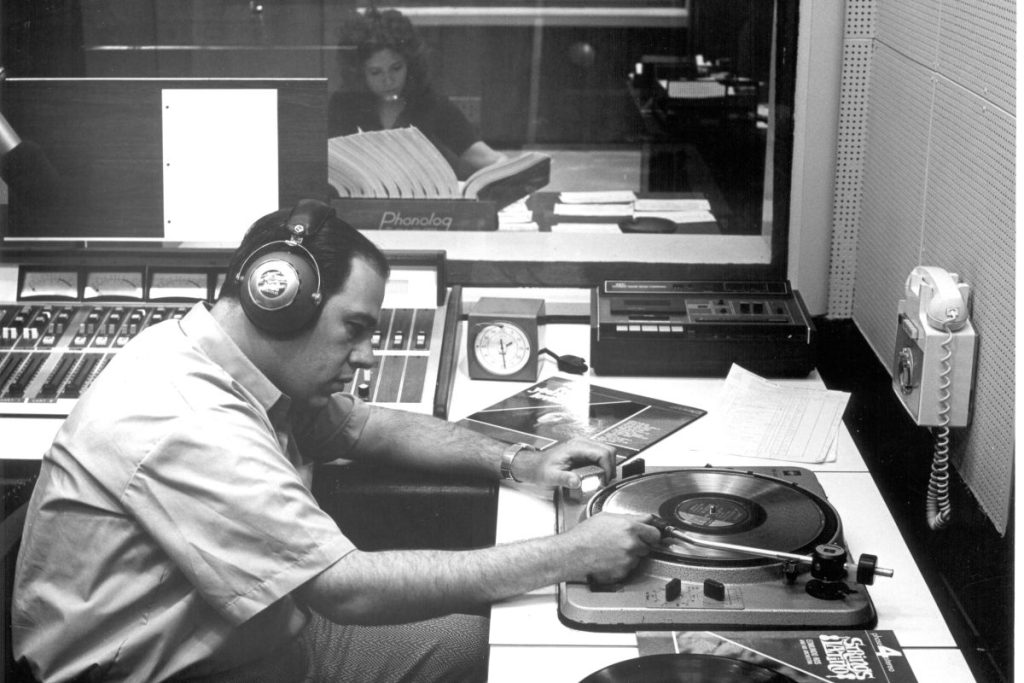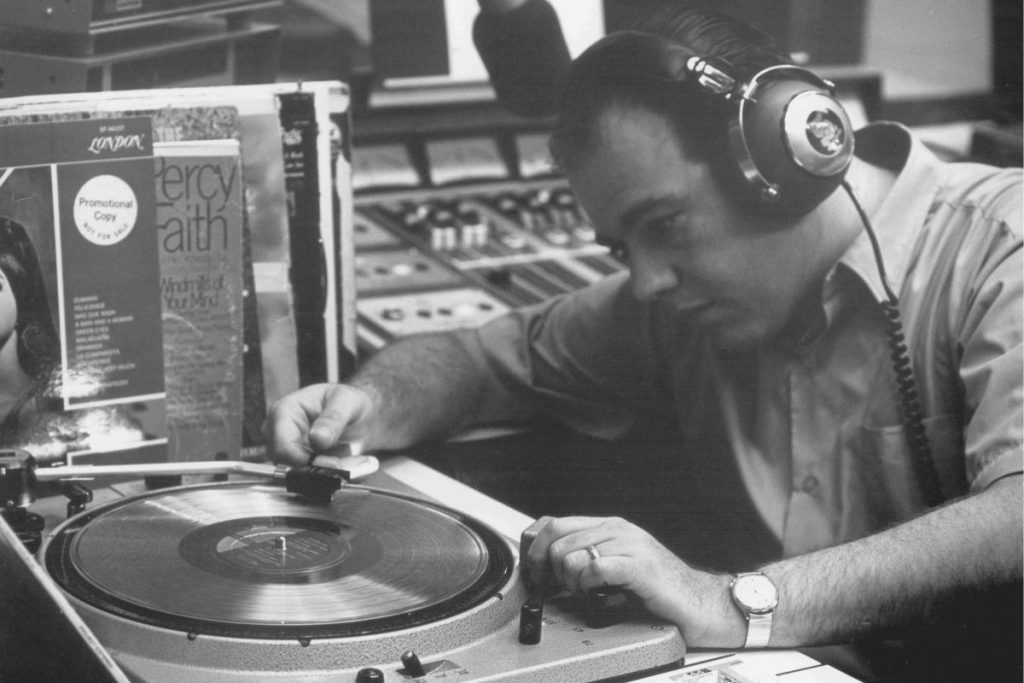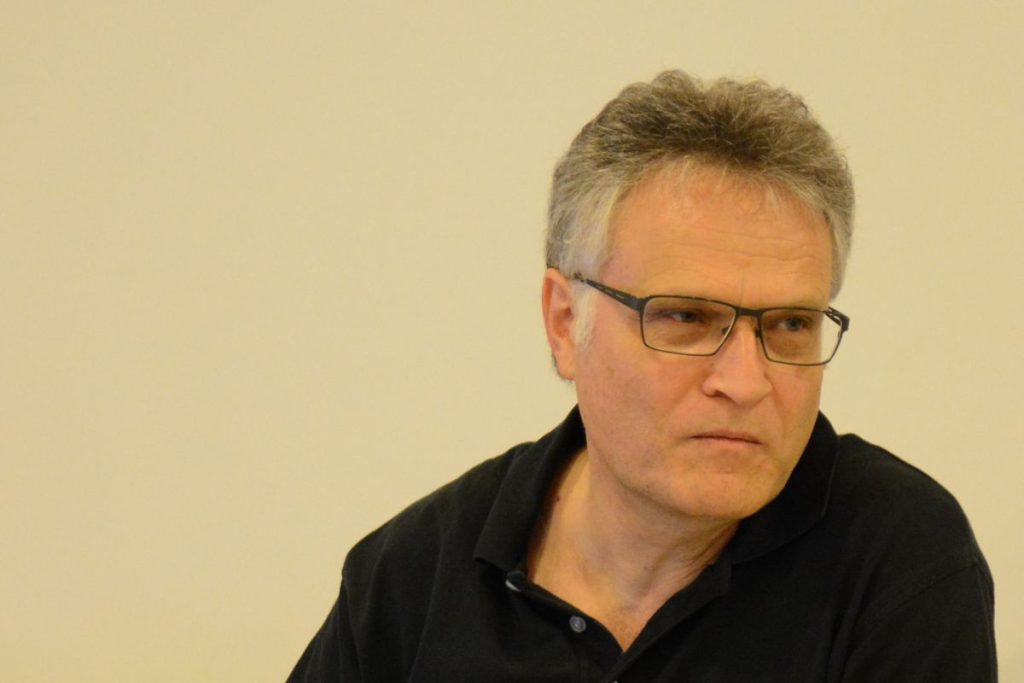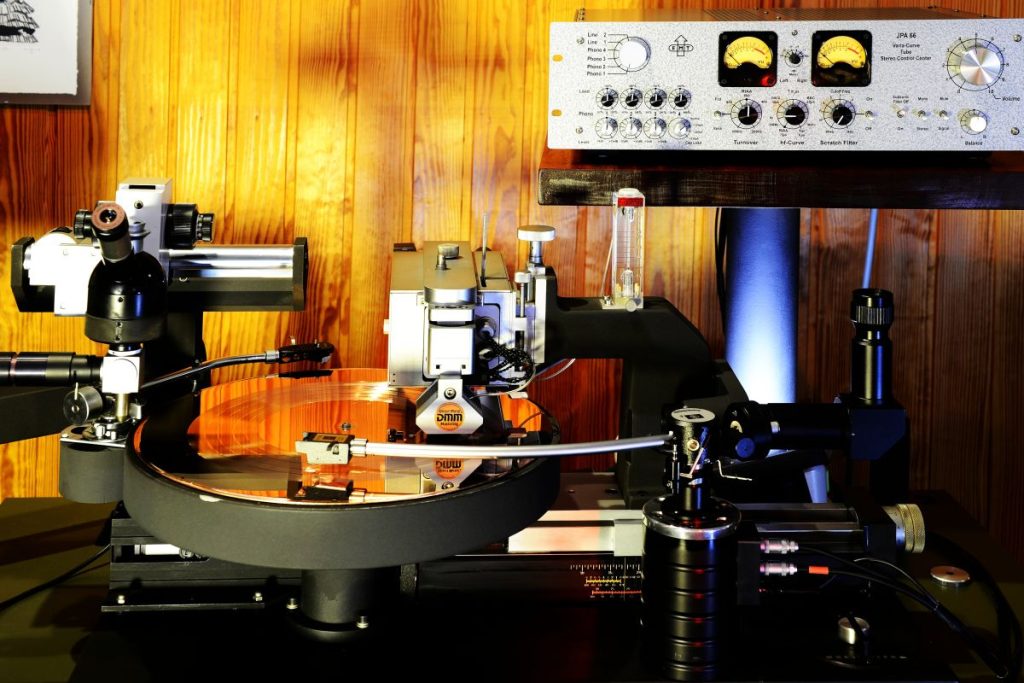Many professional studio devices can indeed also be found and used in people’s homes. EMT has been producing the stuff of analog fans’ dreams for 75 years, but only intentionally for the last 10 or so!
EMT is somewhat of an institution when it comes to professional audio engineering and metrology. In 1940, engineer Wilhelm Franz founded “Elektro-Mess-Technik,” or EMT for short, in Berlin. The very first EMT product, a test voltmeter called the PV62, is still featured as a stylized measurement device in the company logo. The company soon earned itself a good reputation for developing and producing highly sensitive monitoring and measurement instruments for broadcast and communications engineering. Bombings in Berlin forced EMT to relocate the business to Lahr in the Black Forest in 1943.
There, in addition to measurement and testing devices, broadcast studio technology and professional record playback machines were added to the range of products on offer. The 1950s were a time of new-found prosperity for EMT and the company also entered into a close partnership with Swiss company Studer. For decades, the two companies established a global sales and distribution network together and equipped broadcast and recording studios with premium products from both of their ranges. Several EMT machines from that time have since become sought-after collector’s items, for example the EMT 927 studio record player. Launched in 1950, its enormous turntable, designed for the acetate vinyl records which were common at the time with a diameter in excess of 40 cm, was driven with a friction wheel by a hugely powerful motor.
Danish company Ortofon supplied the first tonearms and phono cartridges at the time. Later, EMT began to sell its own tonearms and systems, such as the dynamically balanced 997 tonearm, also known as the “banana” on account of the striking shape of the arm. In light of the rapid new-found popularity of the long-playing record with a diameter of “just” 30 centimeters, in 1956 EMT unveiled a considerably smaller and more economically designed yet still fully sized record player. The EMT 930 turned out to be a big seller and lots of them are still used today, often in a “historical audiophile” context, or the home of a style-conscious high-ender, although these are often one and the same.
1959 saw the launch of the company’s first own pick-up cartridge, the EMT “O-Tondose”, and a stereo version, the EMT TSD 12K, followed in 1961. EMT then developed the TSD15 pick-up cartridge, an absolute classic from the world of audio technology, which has been on sale with hardly any modifications since 1965 and was instrumental in EMT acquiring legendary status.
After several years of research, in 1976 EMT unveiled a device with an extremely powerful direct drive and very light turntable, the EMT 950. Three years later saw the launch of the EMT 948, a more compact and less expensive spin-off of the direct drive model. In 1982, the EMT 938, another broadcast record player, hit the market, offered by Thorens specifically for DJing and with an almost identical design under the name TD 524.
For seasoned musicians and studio old timers, EMT is also famous for a very different specialty: the world-famous EMT 140 reverberation plate was, for decades, the standard device in broadcast and television institutions and the studios of the record industry. The EMT 240 reverberation foil “with the golden sound” was smaller and lighter, and, in 1976, the world’s first fully-electronic reverberator, the EMT 250 with digital signal processing, was unveiled.
EMT founder Wilhelm Franz, born in 1913 in Bremen, died in 1971, and Erich R. Vogl replaced him as the new Managing Director. In 1989, EMT was taken over by Belgian company Barco and the company name was changed to Barco-EMT. In 2003, Barco sold the EMT arm to Walter Derrer, a former Studer manager and graduate sound engineer, who systematically set about modernizing EMT Studiotechnik GmbH. In 2007, however, Walter Derrer lost his life in a tragic airplane crash. Since then, the company’s previous head developer, product manager and marketing manager has been heading up EMT Studiotechnik on his own: Jules Limon. As owner and managing director, he has a wealth of experience under his belt. The skilled radio and television electronic engineer, born in 1953, studied marketing and management in St. Gallen and was already running his own hi-fi studio at the age of 20. The Swiss also worked as technical manager at TEAC/TASCAM amongst other roles, was in charge of professional marketing and strategic reorientation “in the post-Willi Studer era” at Studer and spent years in and out of the world’s most famous radio, TV and recording studios.
Since his first full-on encounter with a cousin’s QUAD system back in the late 1960s, Jules Limon has been fascinated with high-quality audio technology and joined Walter Derrer and EMT Studiotechnik in 2005. Since then he has worked hard to establish a name for the company’s products not only in the professional studio environment but also in terms of hi-fi and high-end systems. Limon’s commitment is possibly best reflected in the design and development of the “J” components — also the development of the Jubilee series is attributable to him. The professional pick-up cartridges modified specifically for hi-fi purposes were unveiled by EMT as part of the 66th company anniversary celebrations in 2006.
The extremely elaborate JPA66 preamplifier, released in the same year, is a striking cornerstone of the “new EMT” and a completely new development by Jules Limon. In addition to its two line inputs, the two-part high-end device has no less than four phono inputs, and its complex and variable control options enable all imaginable playback curves and pickup cartridges to be perfectly equalized and preamplified. In the signal path, exclusively selected tubes take charge of the music signal, and the JPA66 is of course designed to be fully symmetrical and can optimally drive and control any power amplifier. To celebrate the company’s 75th anniversary, many details of the JPA66, which has been produced for nearly a decade, were improved. It was not, however, renamed, but just given a discreet Mkll.
More importantly in this regard, there will be a few other products, which will enhance EMT’s 2015 anniversary year, for example the pick-up cartridge systems JSD S75 and TSD75, both of which are additions to the existing range. Under the leadership of Jules Limon, the EMT team will also continue to provide the high-end community with high-quality products which are made to last. They are produced in Western Europe, without exception, and are uniformly and painstakingly made by hand using small-scale production. The company’s professional approach is not about badmouthing the competition but about doing things better themselves.
Does the head of a professional manufacturing firm with audiophile impact have any time left for hobbies? The passionate cinema and concert-goer grins, sits in his convertible and lets the wind rush through his hair. After the spin in his car, he will either take care of his private audio technology museum or will crank up the volume and listen to his favorite vinyls. They are sorted into his favorite genres of jazz and funk, but rock ’n’ roll and blues also feature heavily, and records range from Miles Davis (Tutu), Nils Landgren and Philipp Fankhauser to rock classics by Deep Purple. And has anyone mentioned Led Zeppelin and “Kashmir” yet? Bingo!
Volume up or down? A very quick interview with Jules Limon where we wanted him to respond as fast as possible.
Volume up or down? – Up.
Analog or digital? – Analog.
Tube or transistor? – Tube.
Vinyl or download? – Vinyl.
Cross-country run or gym? – Neither.
Trends or tradition? -Tradition.
Tea or coffee? – Coffee.
Salad or steak? – Steak.
Beer or Wine? – Beer.
Mountains or the sea? – The sea.
Book or screen? – Book.
Jazz club or opera house? – Jazz club.
Bach or Beatles? – Beatles.
Wagner or Wacken? – Wacken.
Stand-by or plug out? – Pull the plug.
EMT Studiotechnik – A division of EMT Intl GmbH
Industriestraße 25
D-77972 Mahlberg
Phone 07825 87947 0

